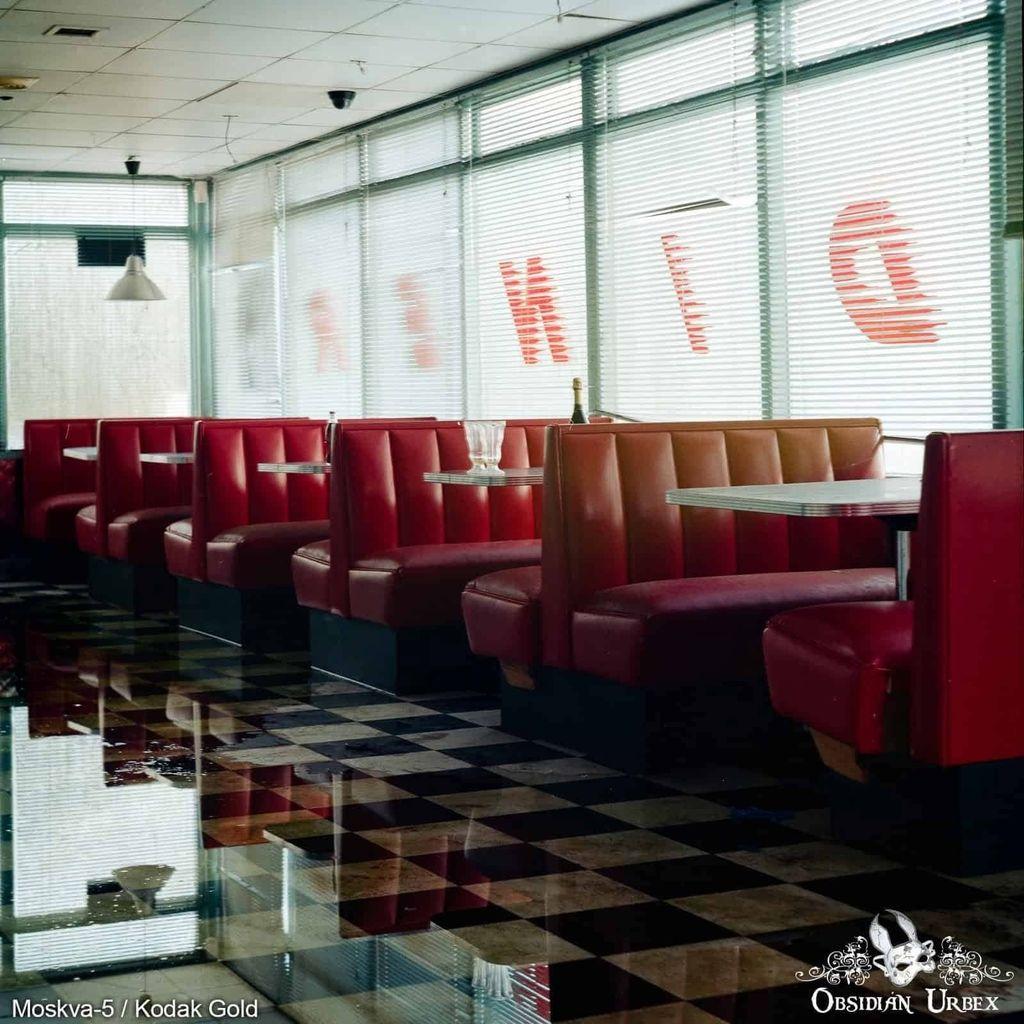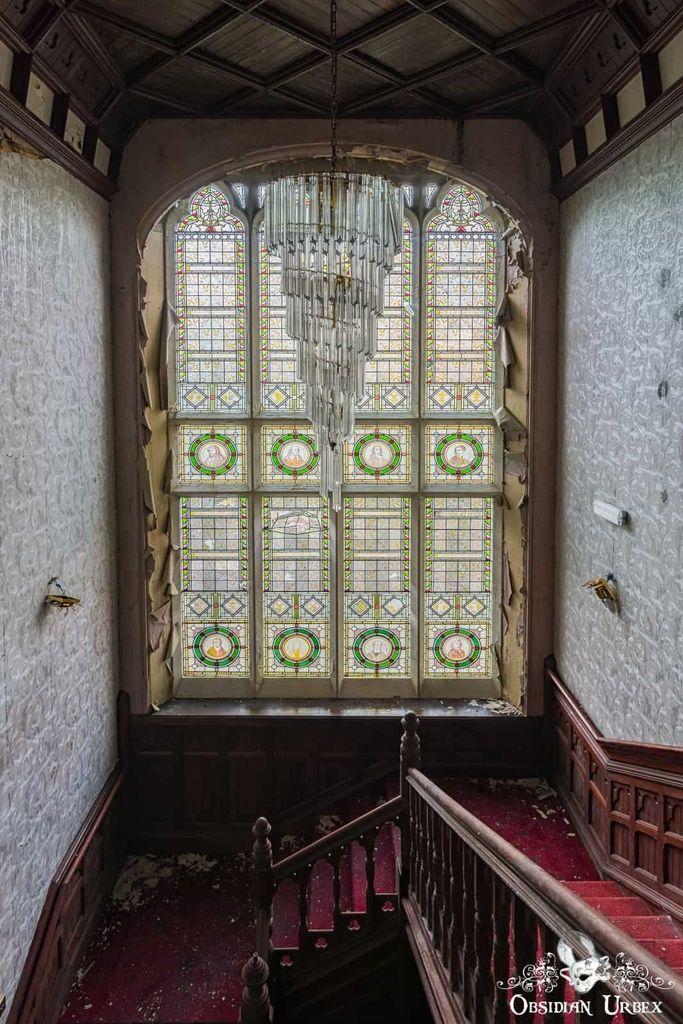United Kingdom soccer chiefs on Friday unveiled details of their unopposed joint bid to host the Women's World Cup in 2035, with 22 proposed stadiums listed in the official submission. https://www.japantimes.co.jp/sports/2025/11/29/soccer/womens-world-cup/uk-bid-womens-world-cup/?utm_medium=Social&utm_source=mastodon #soccer #women039sworldcup #uk #england #wales #scotland #northernireland
Road and rail bridges spanning the River Wear in Sunderland, NE England. An extended camera exposure to coincide with rush-hour traffic, a passing train and a sky that's not to light and not too dark!
#england #sunderland #landscape #transport #night #longexposure #photography
Road and rail bridges spanning the River Wear in Sunderland, NE England. An extended camera exposure to coincide with rush-hour traffic, a passing train and a sky that's not to light and not too dark!
#england #sunderland #landscape #transport #night #longexposure #photography
England coach Brendon McCullum urged fans to "keep the faith" and said there would be no change in approach after the nation's humiliating loss in the first Ashes test in Perth. https://www.japantimes.co.jp/sports/2025/11/24/more-sports/brendon-mccullum-encourages-england-fans/?utm_medium=Social&utm_source=mastodon #moresports #ashes #england #australia #brendonmccullum
It's not often you find the stunning ruins of an abbey near a city centre.
Welcome to Kirkstall Abbey, a nearly 900-year old ruined abbey northwest of Leeds city centre. A mystical and grandiose place.
More photos are available of the abbey, just go here -> https://www.iancylkowski.com/blog/2025/11/22/kirkstall-abbey-west-yorkshire-autumn 👍
#architecture #photography #photo #photographie #yorkshire #uk #britain #england #leeds #history #historical #travel #autumn #fall




A stunned England awoke to savage criticism on Sunday after its meek capitulation in the first Ashes test, with the team branded as "brainless" and "damaged" by former greats after its cavalier approach backfired. https://www.japantimes.co.jp/sports/2025/11/23/more-sports/england-slammed-after-first-ashes-test/?utm_medium=Social&utm_source=mastodon #moresports #ashes #australia #england #benstokes #geoffreyboycott #michaelvaughan
It's not often you find the stunning ruins of an abbey near a city centre.
Welcome to Kirkstall Abbey, a nearly 900-year old ruined abbey northwest of Leeds city centre. A mystical and grandiose place.
More photos are available of the abbey, just go here -> https://www.iancylkowski.com/blog/2025/11/22/kirkstall-abbey-west-yorkshire-autumn 👍
#architecture #photography #photo #photographie #yorkshire #uk #britain #england #leeds #history #historical #travel #autumn #fall




Elliot Daly knows better than most the risks and rewards of competing for the high ball in rugby union as he prepares to make his England comeback on the wing against Argentina in an Autumn Nations Series international. https://www.japantimes.co.jp/sports/2025/11/21/more-sports/england-argentina-challenge-daly/?utm_medium=Social&utm_source=mastodon #moresports #england #argentina #elliotdaly
Australia has received a boost ahead of the first Ashes test in Perth starting Friday, with Cameron Green telling reporters he is ready to bowl free of any restrictions. https://www.japantimes.co.jp/sports/2025/11/18/more-sports/green-ashes-opener/?utm_medium=Social&utm_source=mastodon #moresports #ashes #australia #england
An assortment from our time in Shropshire.
A few bits and bobs from the Stiperstones (a failed sunset shoot) and what I managed to nab at Ironbridge on a mizzly drizzly day.
More photos from these locations are right here -> https://www.iancylkowski.com/blog/2025/11/17/an-assortment-shropshire-autumn 👍
#landscape #nature #architecture #history #historical #uk #britain #england #shropshire #photography #photo #photographie




An assortment from our time in Shropshire.
A few bits and bobs from the Stiperstones (a failed sunset shoot) and what I managed to nab at Ironbridge on a mizzly drizzly day.
More photos from these locations are right here -> https://www.iancylkowski.com/blog/2025/11/17/an-assortment-shropshire-autumn 👍
#landscape #nature #architecture #history #historical #uk #britain #england #shropshire #photography #photo #photographie




Cricket has had many brilliant all-rounders, but does the game need a Shohei Ohtani? https://www.japantimes.co.jp/commentary/2025/11/17/japan/cricket-shohei-ohtani/?utm_medium=Social&utm_source=mastodon #commentary #japan #shoheiohtani #cricket #kapildev #imrankhan #westindies #india #pakistan #england #southafrica #australia
An abandoned flooded American-style diner, somewhere in the south of England. Photo taken on my 1950s USSR bellows camera, captured on medium format Kodak film 📷🎞️
Sadly, this diner was demolished a few months ago 💙
#Diner #FilmPhotography #MediumFormat #BelieveInFilm #Photo #Film #Kodak #KodakGold #Explore #England
An abandoned flooded American-style diner, somewhere in the south of England. Photo taken on my 1950s USSR bellows camera, captured on medium format Kodak film 📷🎞️
Sadly, this diner was demolished a few months ago 💙
#Diner #FilmPhotography #MediumFormat #BelieveInFilm #Photo #Film #Kodak #KodakGold #Explore #England
Stunning huge stained glass windows and crystals chandelier above the main staircase of a long abandoned care home, somewhere in northern England.
#Abandoned #England #Photography #StainedGlass #House #History #Urbex #LostPlaces #Glass
You know, Leeds is bloody lovely.
Clearly in the midst of massive investments and redevelopment, I enjoyed a wander around this clean and beautiful city, snapping all the architectural and historical delights I could frame.
There's LOADS more images from this day, go here -> https://www.iancylkowski.com/blog/2025/11/9/leeds-west-yorkshire-autumn 👍
#architecture #photography #photographie #photo #yorkshire #leeds #autumn #fall #uk #britain #england #leeds #historical




You know, Leeds is bloody lovely.
Clearly in the midst of massive investments and redevelopment, I enjoyed a wander around this clean and beautiful city, snapping all the architectural and historical delights I could frame.
There's LOADS more images from this day, go here -> https://www.iancylkowski.com/blog/2025/11/9/leeds-west-yorkshire-autumn 👍
#architecture #photography #photographie #photo #yorkshire #leeds #autumn #fall #uk #britain #england #leeds #historical









